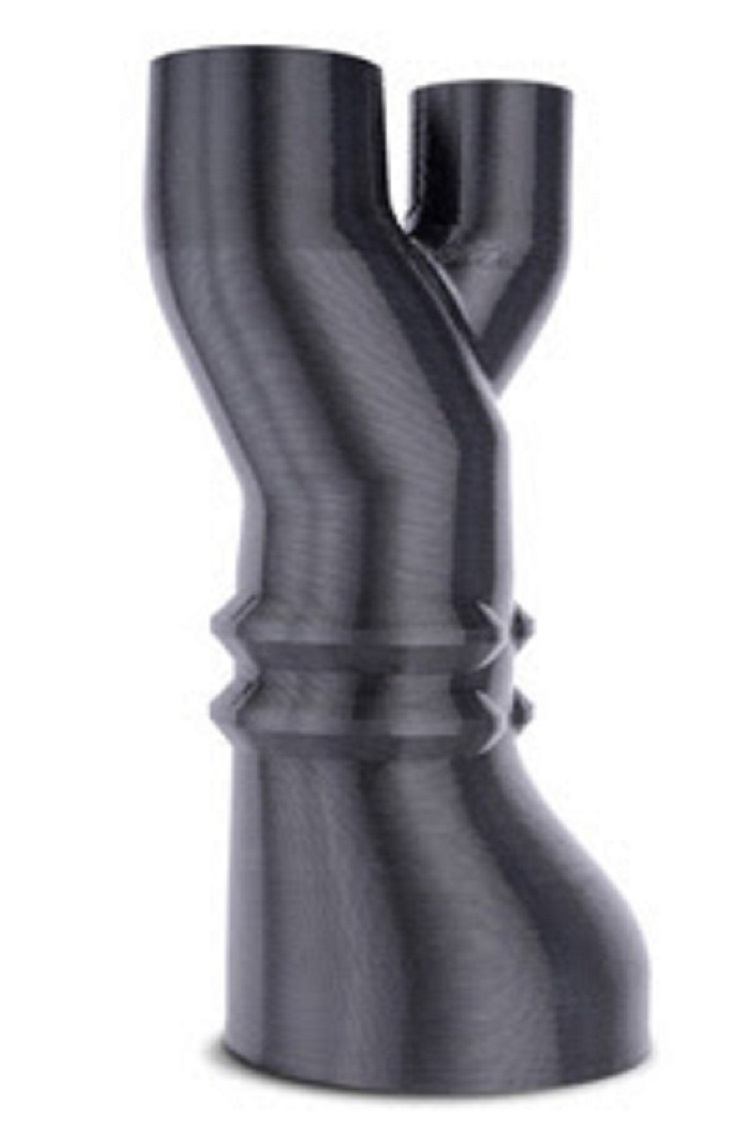
DuPont Transportation & Advanced Polymers says that it has added more materials to the company’s range for 3D printing. This includes six new glass fiber-reinforced, carbon fiber-reinforced and unreinforced grades of Zytel polyamide and Hytrel thermoplastic polyester elastomer (TPC-ET) pellets and two new Hytrel filaments. According to the company, the new pelletized materials for pellet extrusion modeling allow the user to switch more easily from prototyping to small-series, pre-series and mass production, while maintaining similar polymer properties. The new pellets and filaments offer a range of hardnesses, fiber reinforcement options and colors.
DuPont says that in 3D printing applications, Zytel pellets and filaments can deliver a balance of strength and stiffness as well as lower shrinkage and warpage for strong, rigid, functional parts.
The glass fiber reinforced grades feature a heat deflection temperature (HDT) greater than 150°C, improved surface finish and resistance to common solvents and chemicals, while the carbon fiber reinforced grades are lighter and stronger, making them suitable for structural applications in aerospace and automotive.
‘As 3D printing capabilities advance beyond traditional prototyping and small-volume production, the industry is looking to scale up and accelerate production while driving down costs,’ said Christophe Paulo, strategic marketer, EMEA, DuPont. ‘By delivering our products as pellets as well as filaments, DuPont gives customers the flexibility to use the same material across different processes. For instance, they can create prototypes with fused layer modeling and final parts with pellet extrusion modeling – or even injection molding for very high volumes – while maintaining consistent properties.’
This story uses material from DuPont, with editorial changes made by Materials Today. The views expressed in this article do not necessarily represent those of Elsevier.
